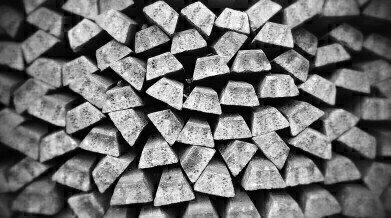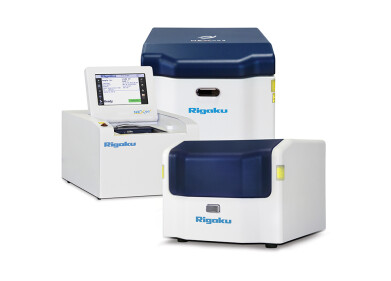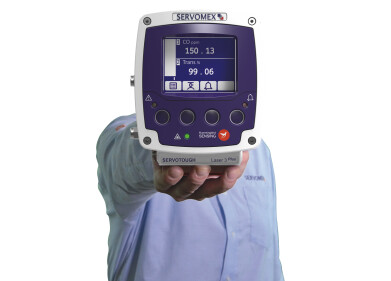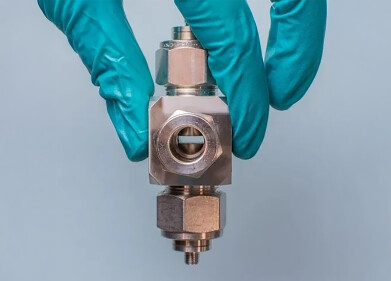Analytical Instrumentation
How Can Silver Diphosphide Help Create Carbon-Neutral Fuels?
Jan 31 2020
Not just for show, silver is now being championed as a key component in creating carbon neutral fuels. Pioneered by researchers at Wake Forest University in North Carolina, the process uses silver diphosphide, a water-insoluble chemical compound (AgP2) made up of silver and phosphate ions, as a catalyst that extracts carbon dioxide from industrial plants and converts emissions into syngas, a material that can then be used to create more liquid fuel. As the climate change crisis escalates, the eco-friendly process could emerge as an innovative solution for countries looking to slash their carbon emissions and move towards a greener, more energy efficient future.
Inspired by the natural purification process of trees
The research was published in the journal Nature Communications, with the team asserting the carbon-neutral process simulates the natural carbon dioxide purification process carried out by trees. The article also highlighted the energy efficient credentials of the new process, with the Wake Forest researchers explaining how using AgP2 to convert carbon dioxide into usable fuels requires drastically less energy than the state-of-the-art processes currently used.
Scott Geyer, co-author of the study and assistant professor of chemistry at Wake Forest University says the "catalyst makes the process much more efficient" and "reduces energy loss in the process by a factor of three."
Solar energy could convert sunlight into fuel
While silver along is a powerful chemical element, adding phosphorous eliminates electron density which makes the process of carbon dioxide easier to control. Adding phosphate ions also reduces energy waste and adds to the environmental credentials of the new process. Looking forward, Geyer predicts carbon dioxide conversion process could be powered with solar energy, which would allow for the direct conversion of sunlight into fuel. This would be preferable to the current process, which is powered by coal and other non-renewable energy sources.
"We're taking something you don't want, carbon dioxide pollution, and turning it into something you want, fuel for industry," adds Geyer.
Want to know more about the cutting-edge breakthroughs making waves in the oil and gas industry? Spotlighting D7536 - Chlorine in Aromatics by Monochromatic Wavelength Dispersive X-ray Fluorescence Spectrometry (MWDXRF) and D5808 - Organic Chloride in Aromatic Hydrocarbons and Related Chemicals by Microcoulometry, 'Optimize Catalyst Efficiency by Monitoring Chlorine with Petra Max' breaks down the difference between two common ASTM standard test methods.
Digital Edition
PIN 25.5 Oct/Nov 2024
November 2024
Analytical Instrumentation - Picturing Viscosity – How Can a Viscometer or a Rheometer Benefit You? - Sustainable Grease Formulations: Evaluating Key Performance Parameters and Testing Method...
View all digital editions
Events
Dec 03 2024 Dusseldorf, Germany
Dec 08 2024 Anaheim, CA, USA
Turkey & Black Sea Oil and Gas
Dec 11 2024 Istanbul, Turkey
Dec 19 2024 Aurangabad, India
Jan 20 2025 San Diego, CA, USA



















